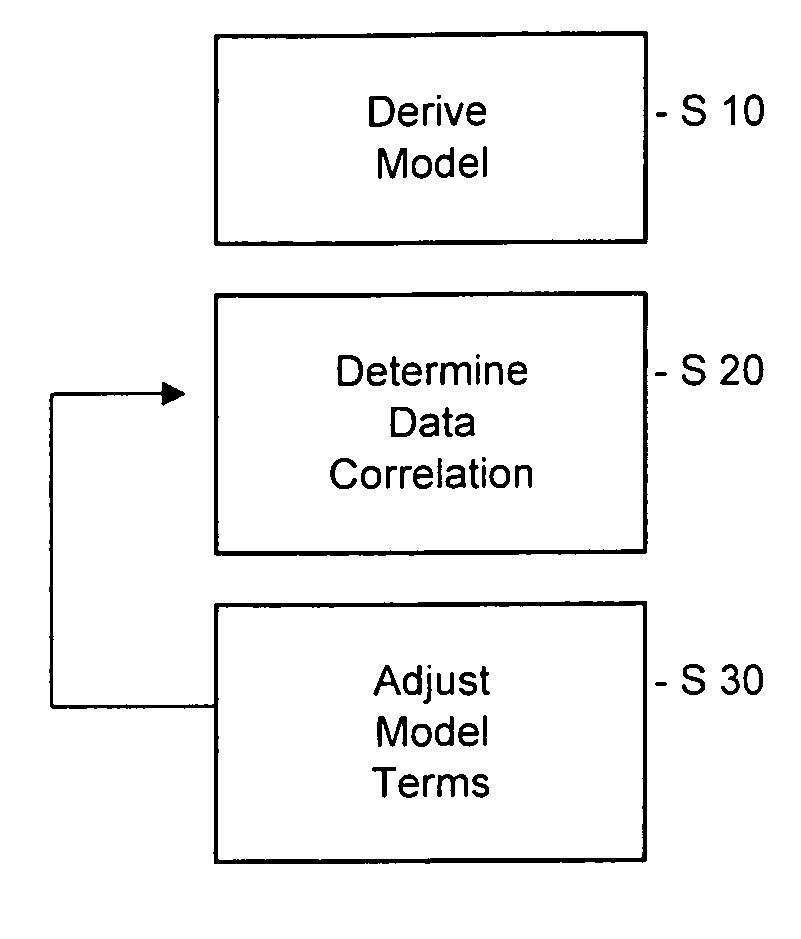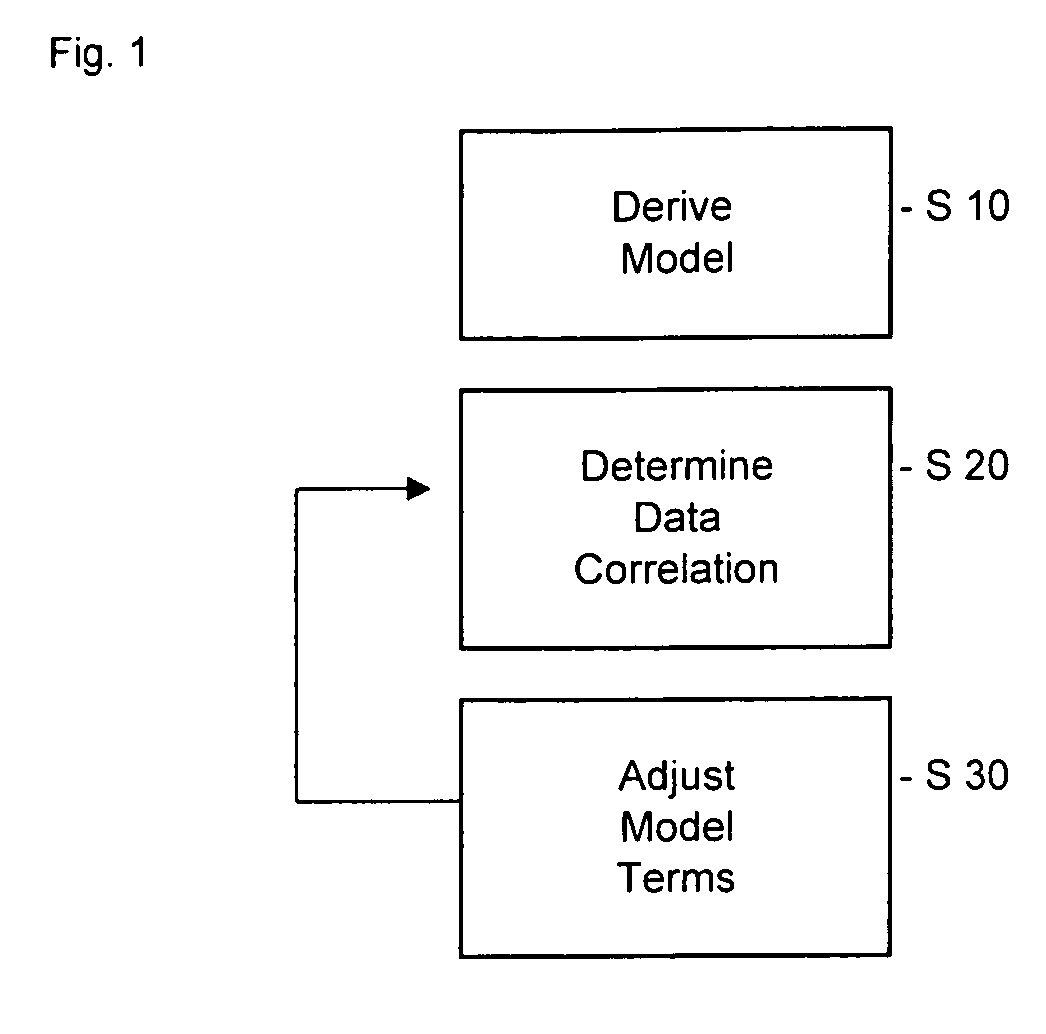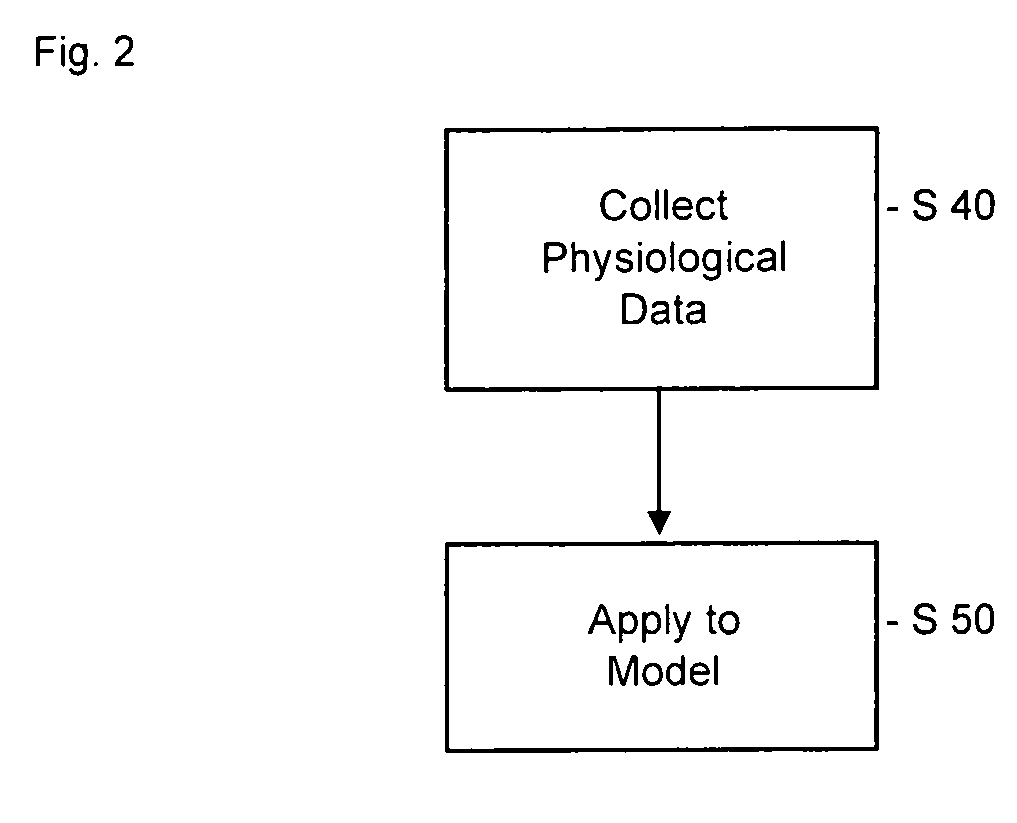Pharmacokinetic modeling of mycophenolic acid
a technology of mycophenolic acid and pharmacokinetic modeling, applied in knowledge representation, analogue and hybrid computing, complex mathematical operations, etc., can solve the problems of loss of efficacy or increase in the occurrence of side effects, affecting the accuracy of prediction and actual data, and a fair degree of uncertainty in the optimal dose to be provided. to achieve the effect of reducing variance and improving correlation between predicted and actual data
- Summary
- Abstract
- Description
- Claims
- Application Information
AI Technical Summary
Benefits of technology
Problems solved by technology
Method used
Image
Examples
examples
[0219]334, 12 h plasma concentration / time profiles (217 for de novo and 117 for stable patients) are available from six clinical studies of transplant patients receiving enteric coated composition containing mycophenolate salt (Myfortic®) as part of their immunosuppressive drug regimen. Using 20 randomly selected profiles, population PK models (two-compartment for stable patients and a one-compartment for de novo patients) are developed using a Bayesian approach (i.e. approach to statistics in which estimates are based on a synthesis of a prior distribution and current sample data) to estimate the model parameters. The remaining profiles are used to test and validate the models.
[0220]Results: The one-compartment model predicts the mean and standard deviation (SD) of MPA AUC0-12 for de novo patients who had been transplanted within the previous two weeks as 29.98±12.50 mg / L·h (measured f 32.25±17.47 mg / L·h); mean prediction error −4%. The two-compartment model predicts a mean value o...
PUM
 Login to View More
Login to View More Abstract
Description
Claims
Application Information
 Login to View More
Login to View More - R&D
- Intellectual Property
- Life Sciences
- Materials
- Tech Scout
- Unparalleled Data Quality
- Higher Quality Content
- 60% Fewer Hallucinations
Browse by: Latest US Patents, China's latest patents, Technical Efficacy Thesaurus, Application Domain, Technology Topic, Popular Technical Reports.
© 2025 PatSnap. All rights reserved.Legal|Privacy policy|Modern Slavery Act Transparency Statement|Sitemap|About US| Contact US: help@patsnap.com



